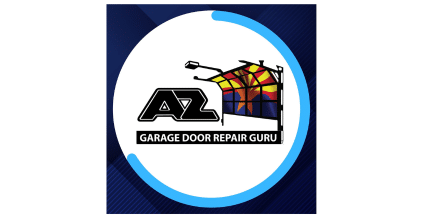
Finding the Right Garage Door for Your Needs
Since their origins as simple-looking barn doors with side hinges, garage doors have gone a long way. These days, they are available in a dizzying array of materials, designs, and methods of operation for opening. Because of this diversity, it is simple to select a system that can be adapted to work with any kind of architectural design. Because the maintenance and repair processes that you will have to go through are going to be affected by the sort of door that you install, it is crucial to choose a door that takes into consideration the material as well as the mechanism.
Type 1: Retractable
When you use a retractable system, a significant piece of your garage door will swing outwards and then glide up into the ceiling of your garage. Because the pivot points are positioned on the top of the door, the outside needs to have clearance for the door to swing free. This particular model of door has served as a prop in a great number of comedic programs on television, typically with the intention of making a character “disappear” unexpectedly. Due to the fact that the doors swing outward, space requirements must be taken into consideration. Either you won’t be able to open the doors or you won’t be able to park too close to the entrance.
They can be put in place with relative ease. For the door to have any kind of support, it needs to have side components, and it also needs tracks that go all the way to the top. However, the garages that have this style of door do not have very good insulation. Steel, wood, acrylonitrile butadiene styrene (ABS), and fiberglass are the typical materials that can be used to construct retractable doors.
Type 2: Canopy
There are some similarities between canopy garage doors and retractable doors. The primary distinction is in the fact that after it is retracted all the way into the ceiling, there is still a portion of the door that is visible outside; therefore, the name. They are less difficult to install, and the garage floor does not need to be prepared for tracks. On the other hand, it is difficult to automate them. Additionally, they are offered in the materials of fiberglass, steel, timber, and ABS.
Type 3: Side-Hinge
These are conventional doors that open in an accordion-like fashion, much like outward-swinging closet doors. These are the standard-issue double doors. Because of this, repairing a sectional door does not require the same level of difficulty as repairing other types of doors because you do not have to deal with any tracks, springs, or pulley systems. However, the hinges need to be checked multiple times per week. Note that the insulating characteristics are terrible, exactly as those of the retractable canopy doors and the canopy itself. Wood or timber is the most common form in which they can be purchased.
Type 4: Roller
This design resembles a curtain that, as the name suggests, rolls up into the ceiling. The aesthetic of this design is really unique. There is no need for a structure, and you can purchase them in prefabricated sections that can effectively insulate your garage. However, due to the presence of moving parts, it is necessary to clean and lubricate them on a regular basis. Both steel and aluminum are available for purchase.
Type 5: Sectional
These garage doors have panels that make up their structure (sections). When it reaches the ceiling, the door swings backward when it has risen to that level. In a manner identical to that of roller doors, there is no requirement for a door frame; nonetheless, the moving parts will need to be maintained and lubricated. In addition to this, they offer a high level of protection and can be modified to prevent draughts. When you are engaged in the process of repairing garage doors, however, it is possible that you will also need to examine the various connectors that are located between the panels.




